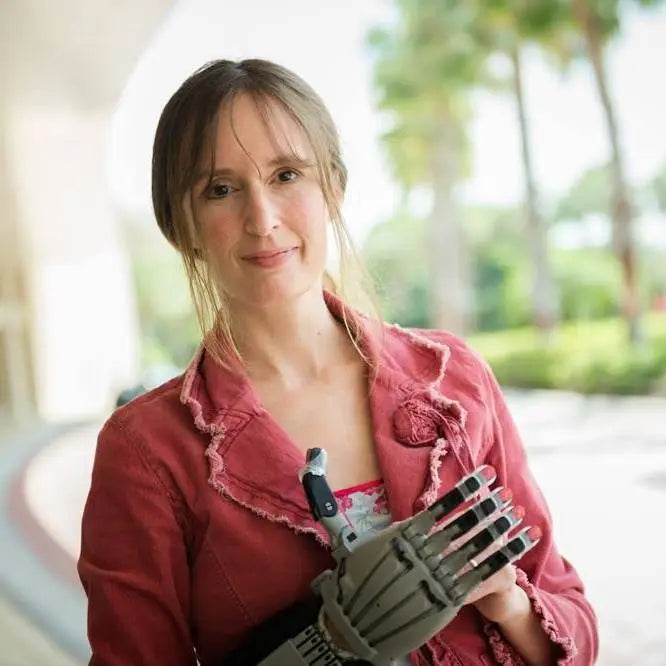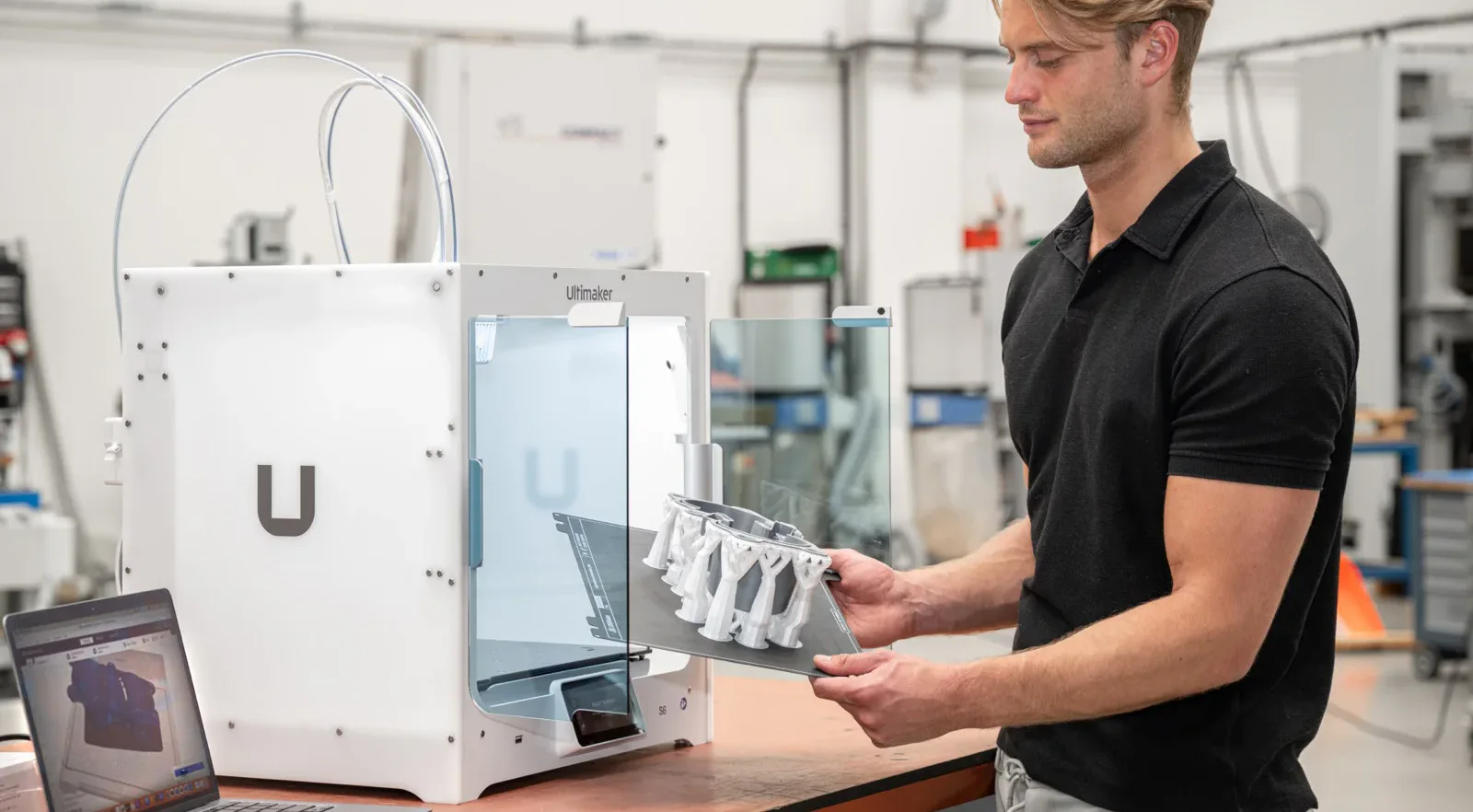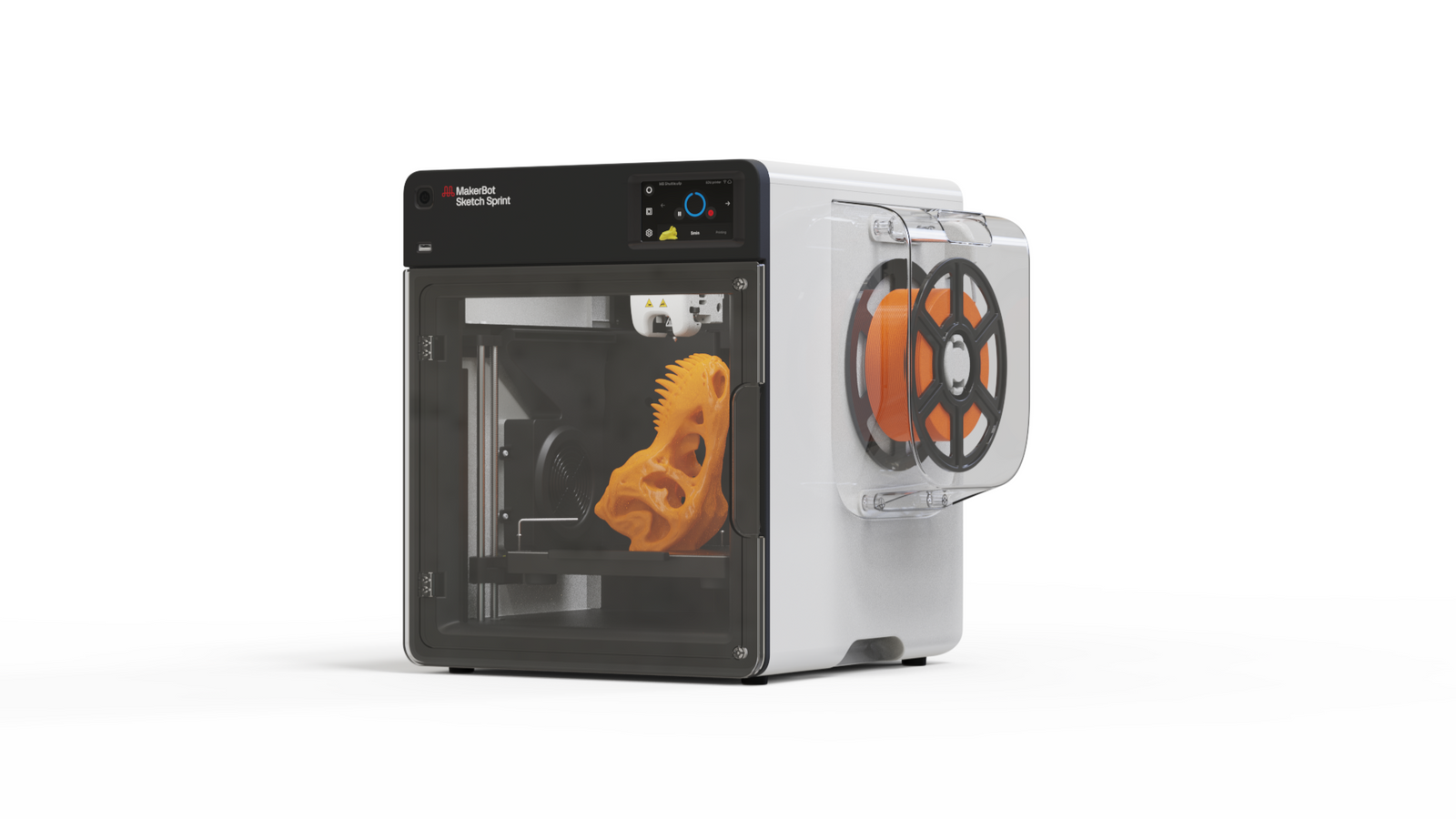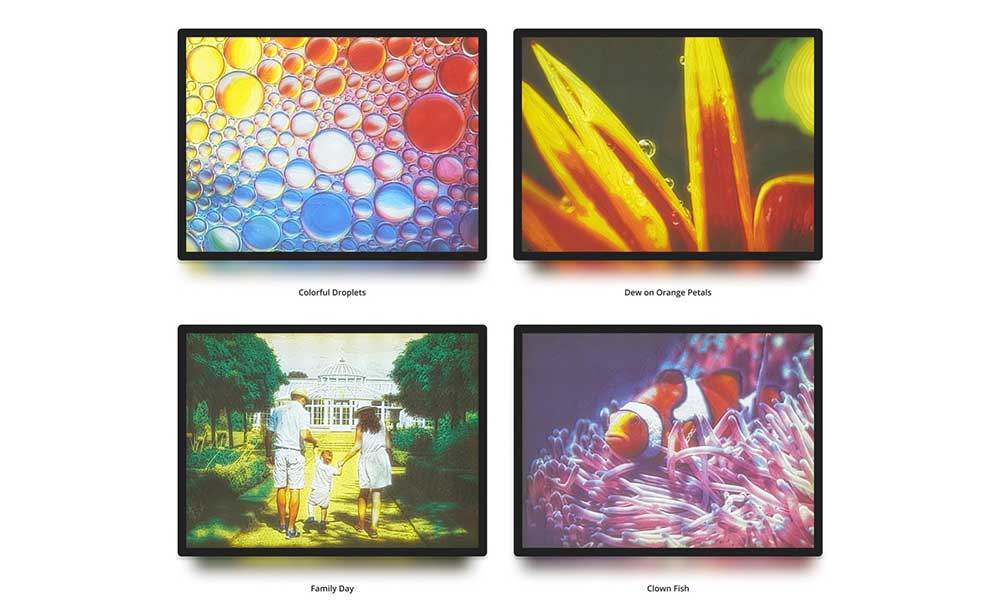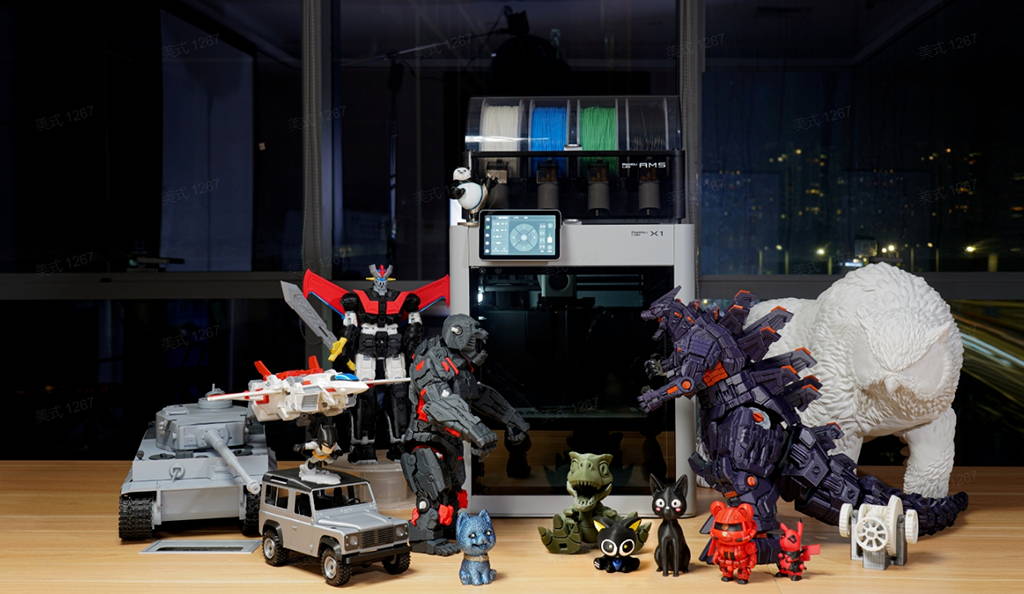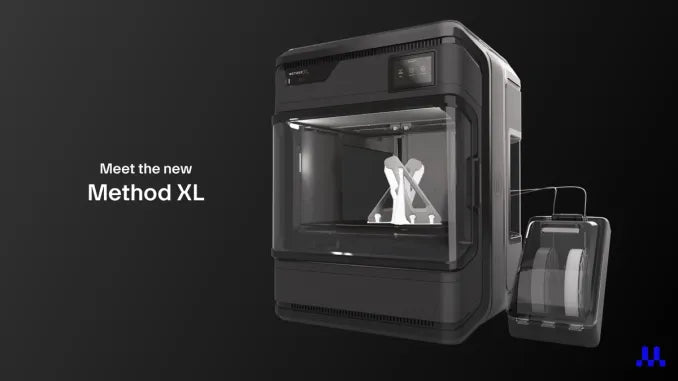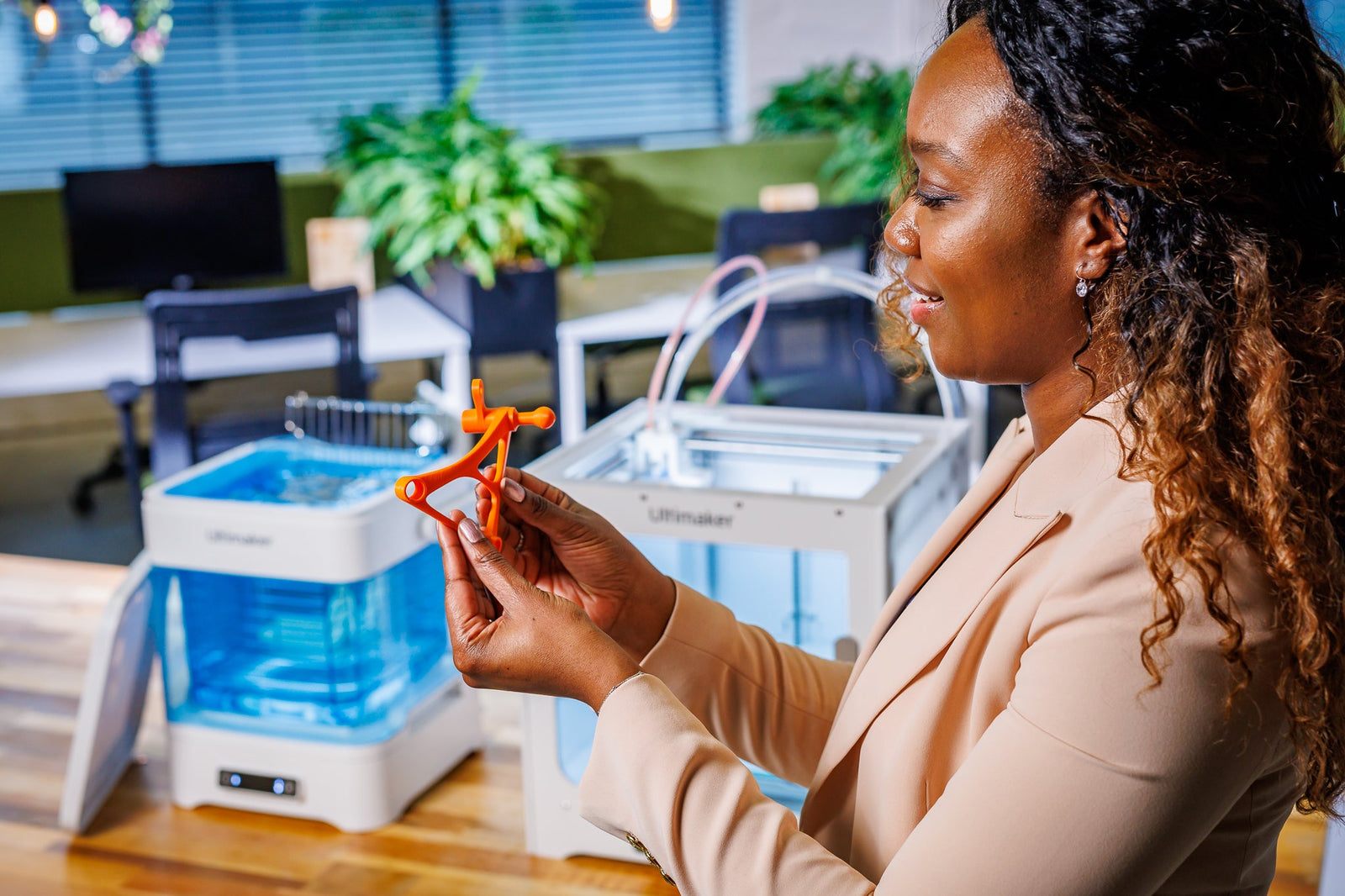The Benefits of SLA (Resin) 3D Printing, Featuring Phrozen Brand 3D Printers
August 17, 2023
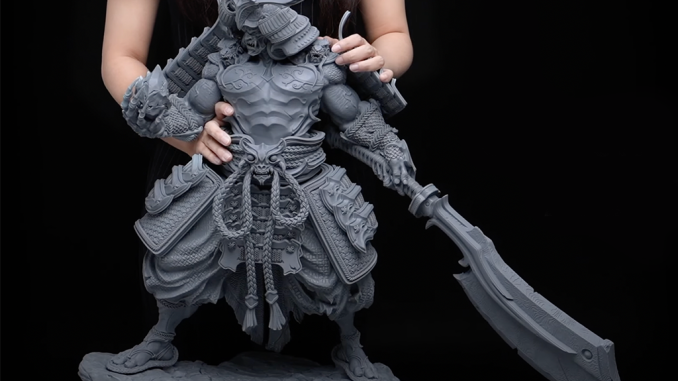
We are excited to be adding the Phrozen Resin 3D printer line to 3D Universe! Phrozen 3D printers empower makers to produce 3D models up to 400% faster than traditional printing devices. Using the latest MSLA LCD Based Resin Printing Technology, Open Materials Platform, and Ultra-Fast Ultra-Fine resolution, the results are the closest thing to injection molding finish quality available.
Resin printing offers high levels of detail and accuracy, allowing you to achieve smooth surfaces that are not possible with FDM 3D printing.
Benefits of 3D Printing with Resins

There are many reasons for using SLA 3D printing (resin printing) for prototyping. The main benefits are:
• High level of detail and accuracy – resin 3D printing can produce prototypes with a high level of detail and accuracy. Resin 3D printers use a process called Stereolithography (SLA) or Digital Light Processing (DLP) that allows you to get super high detail in your models, whether that is facial features, armor, scales and textures, and more. This is especially beneficial for tabletop gaming and costume props because it enables intricate and complicated design features to be accurately reproduced. Phrozen Protowhite Rigid 3D Printing Resin is a great example of resin dedicated to this use case.
• Faster prototyping – resin 3D printing can produce prototypes quickly. This allows businesses to bring their products to market faster because resin 3D printing is capable of producing multiple parts at once and reduces the amount of time it takes to create a prototype. You can make this process even faster with the Phrozen Speed Resin, which prints up to 8x faster than typical resins. You can see the difference in this video.
• Cost-effective – resin 3D printing is cost-effective compared to other traditional prototyping methods such as injection molding or CNC machining. This process doesn’t require expensive tooling or molds, which makes it an ideal choice for small-scale prototyping. However, you can also increase your productivity and keep costs low by using resin-printed parts to create molds for 3D-forming machines such as the Mayku Multiplier.
• Versatility – resin 3D printers can print a wide range of materials, including flexible and rigid materials, which makes them a great choice for creating a variety of prototypes as well as finished products.
Creating Tabletop Gaming Models and Miniatures with Resin 3D Printers

Tabletop gaming has been around for years, and people of all ages are getting excited about the idea of being able to 3D print their own resin models from purchased STL files from places like Loot Studios instead of spending twice as much, if not more, at the game shops.
Resin 3D printing has opened up all kinds of doors for gamers who not only want to download and 3D print their own armies, terrains, and creatures from those who design and offer them for sale, but it also allows gamers to start their own custom model services and start their own businesses. Whether 3D printing and painting to sell to other gamers, creating 3D models for people who want to see their RPG characters come to life, or designing and selling the STL files for others to print, resin 3D printing is taking the tabletop and role-playing gaming scene by storm.
Benefits of using resin for tabletop gaming models:
- Smooth Surface Finish: Tabletop game models that are created using resin 3D printers have a smoother surface finish compared to models created with filament-based 3D printers. This results in a more professional appearance and removes those pesky layer lines that tend to go along with FDM printing. This makes it much easier to work with as far as painting and finishing techniques go.
- Faster Printing Speeds: Resin 3D printers can often print models at a faster rate than filament-based printers, allowing you to create multiple pieces for your tabletop gaming setup in a shorter amount of time. This can be especially useful when creating large numbers of miniatures or terrain pieces.
- Durability and Strength: Resin-based models tend to be more durable and stronger than those made from filament materials. This means that your tabletop gaming models will be less prone to breaking or damage during gameplay, ensuring that they last longer and maintain their quality appearance.
- Customization and Creativity: Using a resin 3D printer gives you an opportunity to create unique and customized models for your tabletop gaming experience. You can design and print your own characters, creatures, and terrain pieces, giving you the freedom to bring your imagination to life and create a truly personalized gaming experience.
Using High Temp Resins to Print Templates with the Mayku Multiplier

An SLA 3D printer using a high-temp resin is the perfect solution for making templates for use with the Mayku Multiplier benchtop pressure former. Because this 3D forming machine is capable of capturing such incredible levels of detail, the layering found in typical FDM 3D printed objects would be visible in the final object. For this reason, it is preferable to use SLA printing, which can produce objects with extremely fine details and a very smooth surface. Using a high-temp resin will ensure the printed template will stand up to the heat and pressure of the forming process.

Using Castable Resins for Producing Jewelry and for Small Batch Production of Metal Parts
You may be familiar with the process of lost-wax casting, which can be used to produce metal objects, including jewelry. But did you know you could use a resin printer to do the same thing by using castable resin?

Using a Stereolithography (SLA) 3D printer with castable resin can streamline the lost-wax casting process, as it allows you to print the original model directly, skipping the step of handcrafting a wax model. Here’s a general guide for using an SLA 3D printer for lost-wax casting:
- Design your model: Create a digital model of the object you want to cast. You can use a variety of 3D modeling software to do this. The design should take into consideration the eventual casting process; for example, you might need to include sprues (channels through which the metal will be poured) in your design.
- Prepare for printing: Once you’ve designed your model, you’ll need to prepare it for printing. This can involve orienting the model correctly, adding supports where necessary, and slicing the model into layers. You’ll also need to select the correct settings for your specific printer and resin.
- Print the model: Load your castable resin into the SLA 3D printer and start the print. The printer uses projected light to cure the resin, building up the model layer by layer.
- Post-process the print: After the print is complete, you’ll need to remove it from the build platform and remove any supports. The model should then be post-cured, typically by exposing it to UV light, to ensure it’s fully hardened.
- Investment: The 3D printed model can now be used in place of a wax model in the lost-wax casting process. The model is attached to sprues, if not already included in the design, and then surrounded with investment material (typically plaster) to create a mold.
- Burnout: The mold is then heated to a high temperature, which causes the resin to burn away, leaving a negative space in the shape of your model.
- Casting: Molten metal is poured into the mold, filling the space left by the resin.
- Finishing: Once the metal has cooled, the investment material is broken away to reveal the cast metal object. Any remaining sprues are cut off, and the piece is polished and finished as desired.
This method can produce highly detailed and complex metal objects. However, it’s important to note that not all resins are suitable for casting, and you should ensure you’re using a castable resin specifically designed for this purpose. Different resins may also require different burnout schedules, so it’s important to follow the manufacturer’s instructions.
Learn More with a Free Consultation!

Have questions about the Phrozen Resin 3D printers, the Mayku Multiplier or any other of our 3D printers, laser cutters, filaments or forming machines in our shop? Consider booking a one-on-one Zoom meeting with Jeremy for a free consultation! Click here to schedule a discussion.
